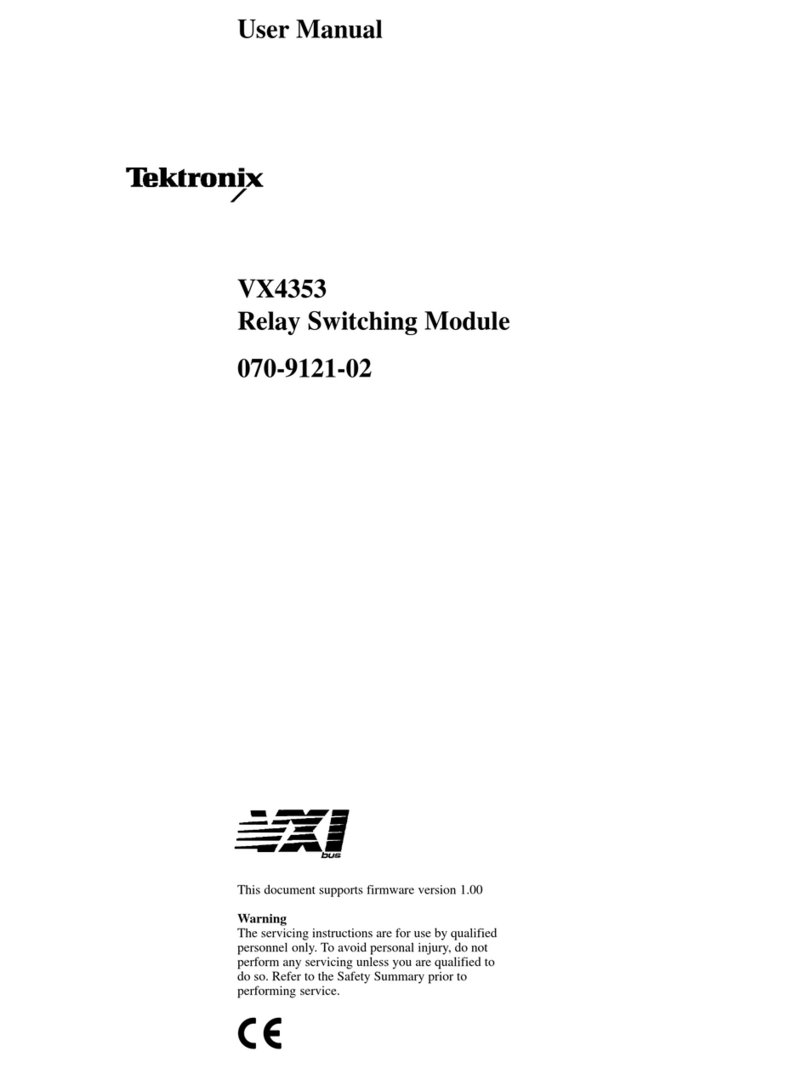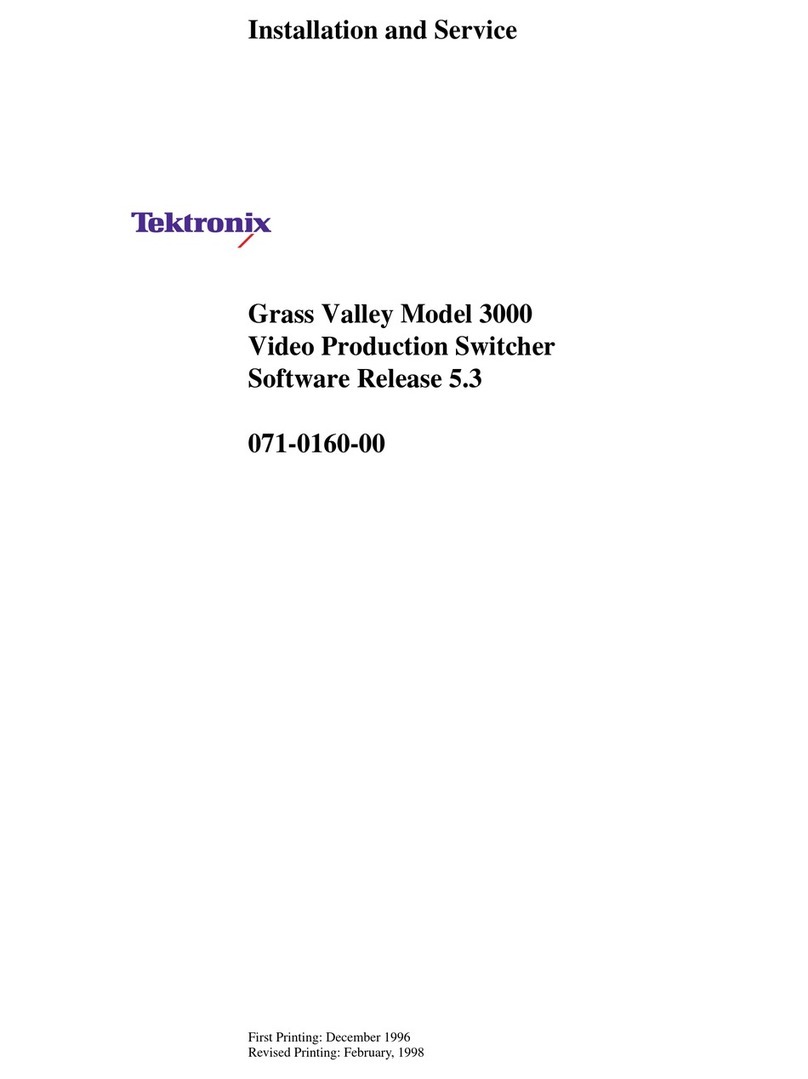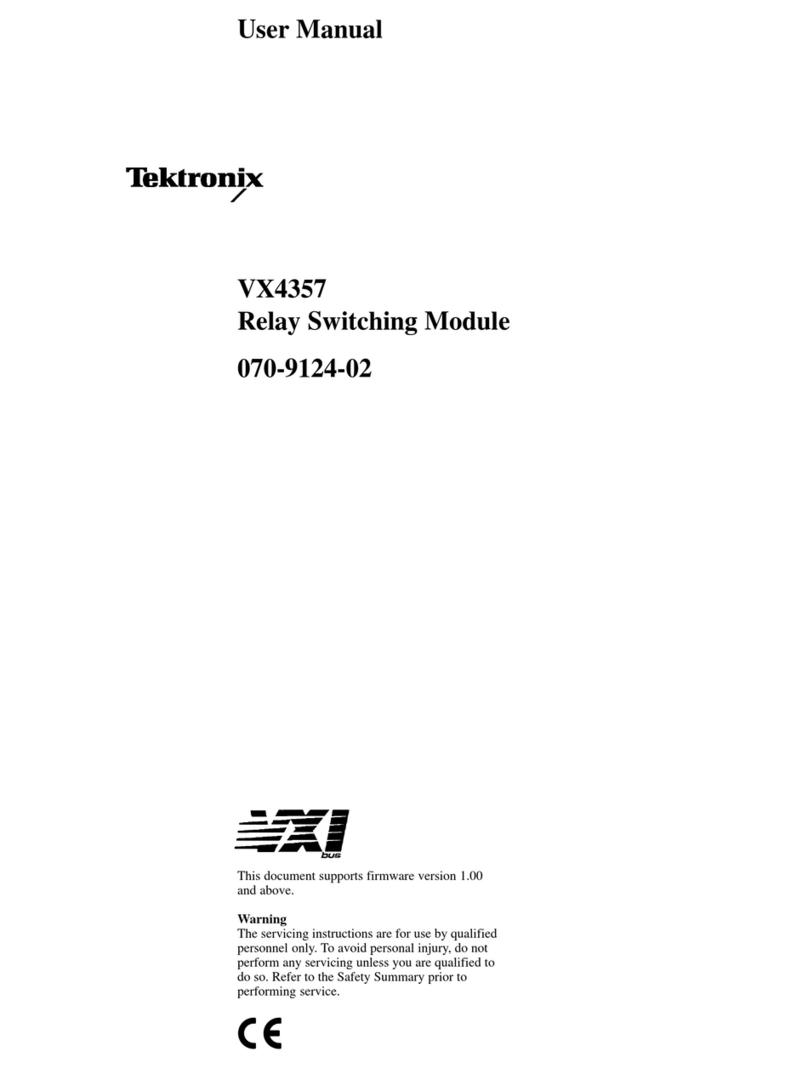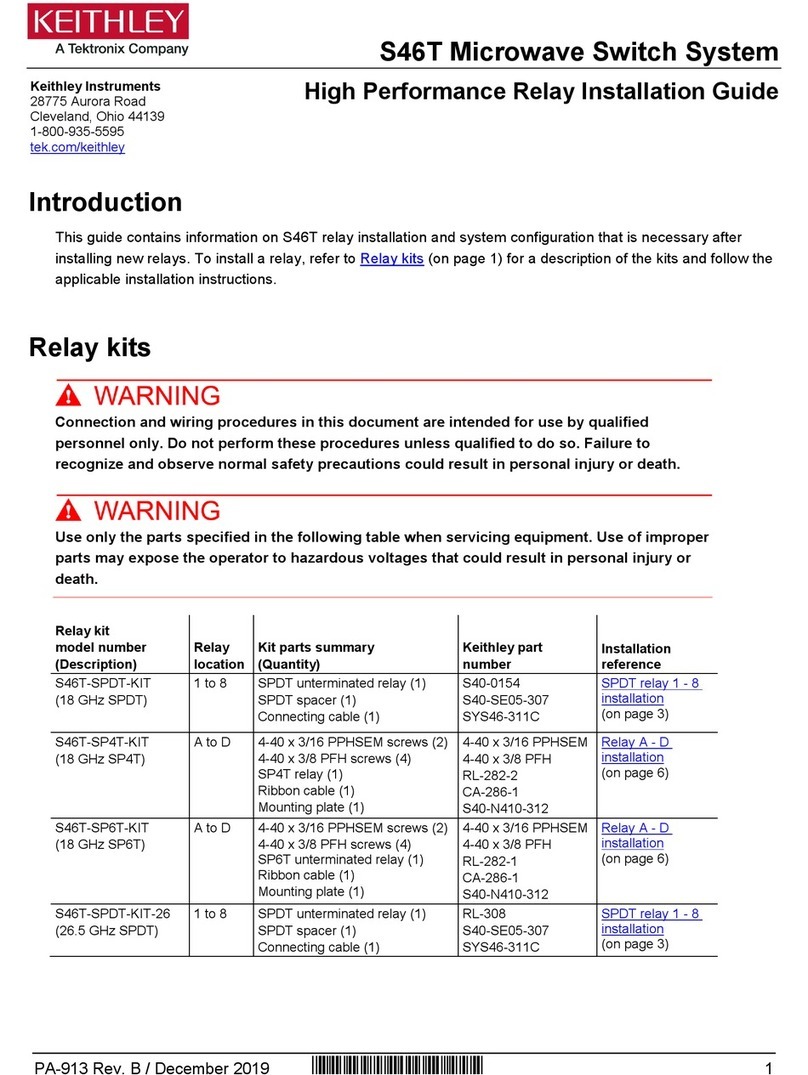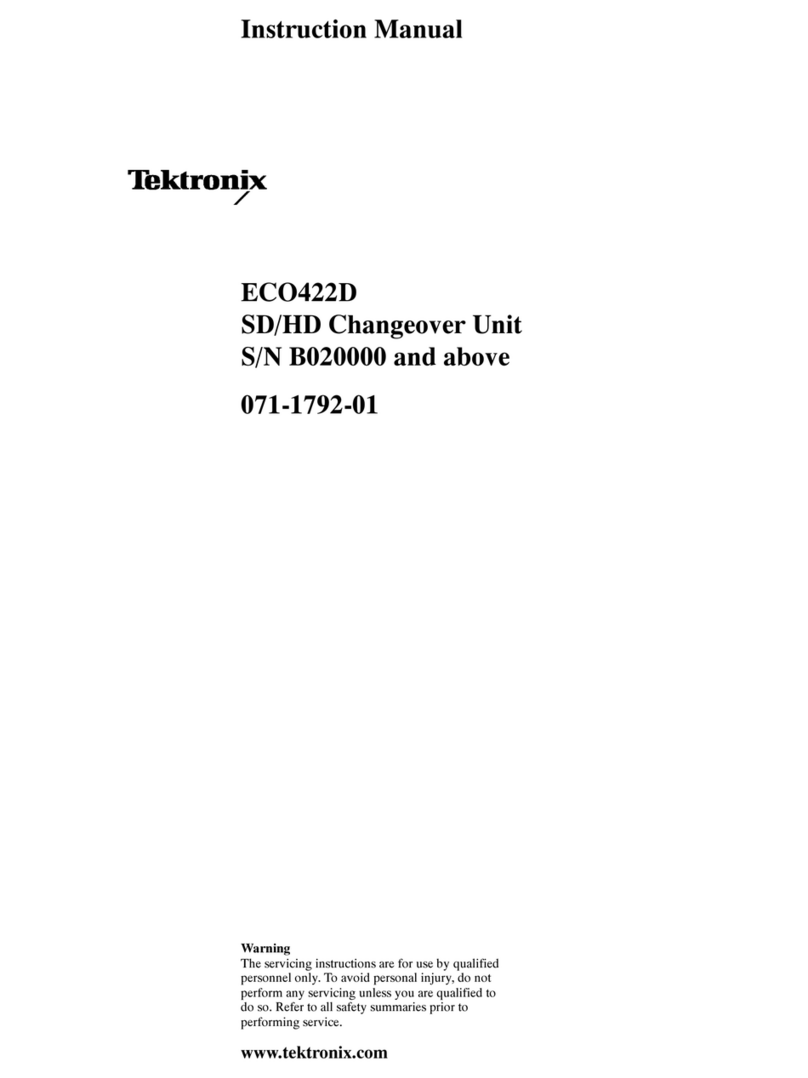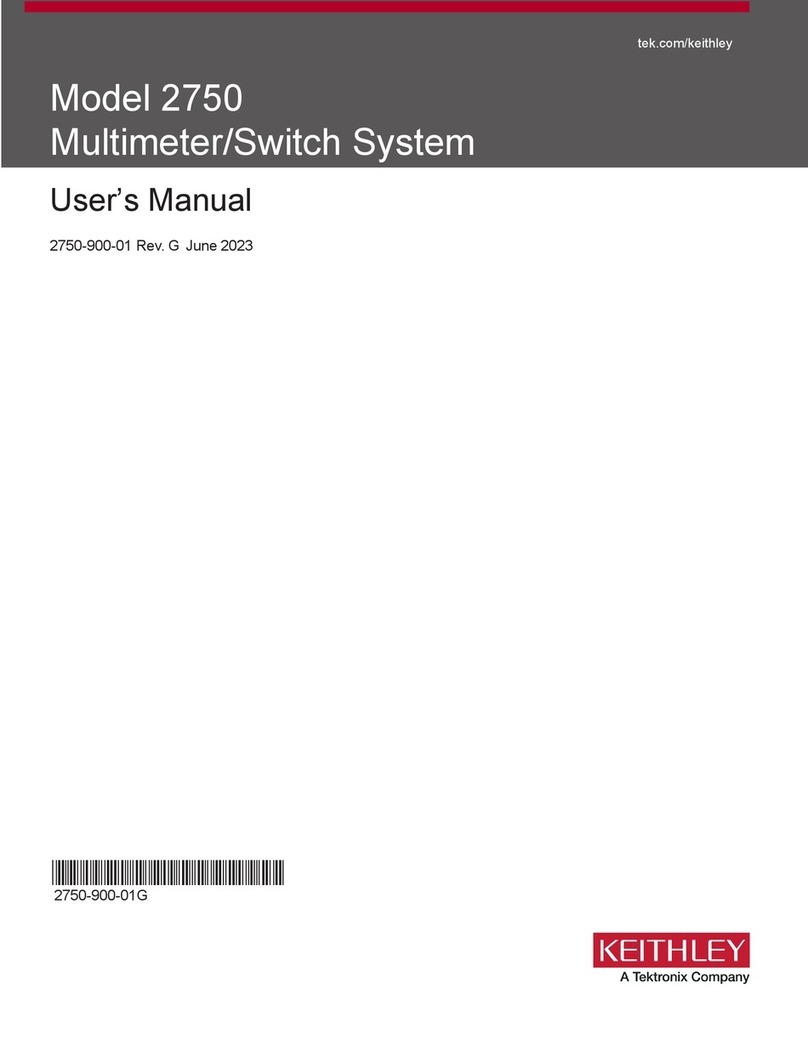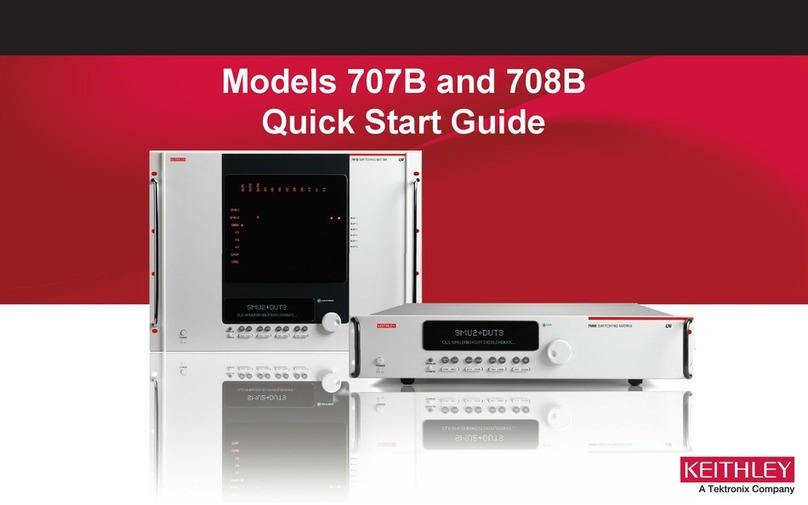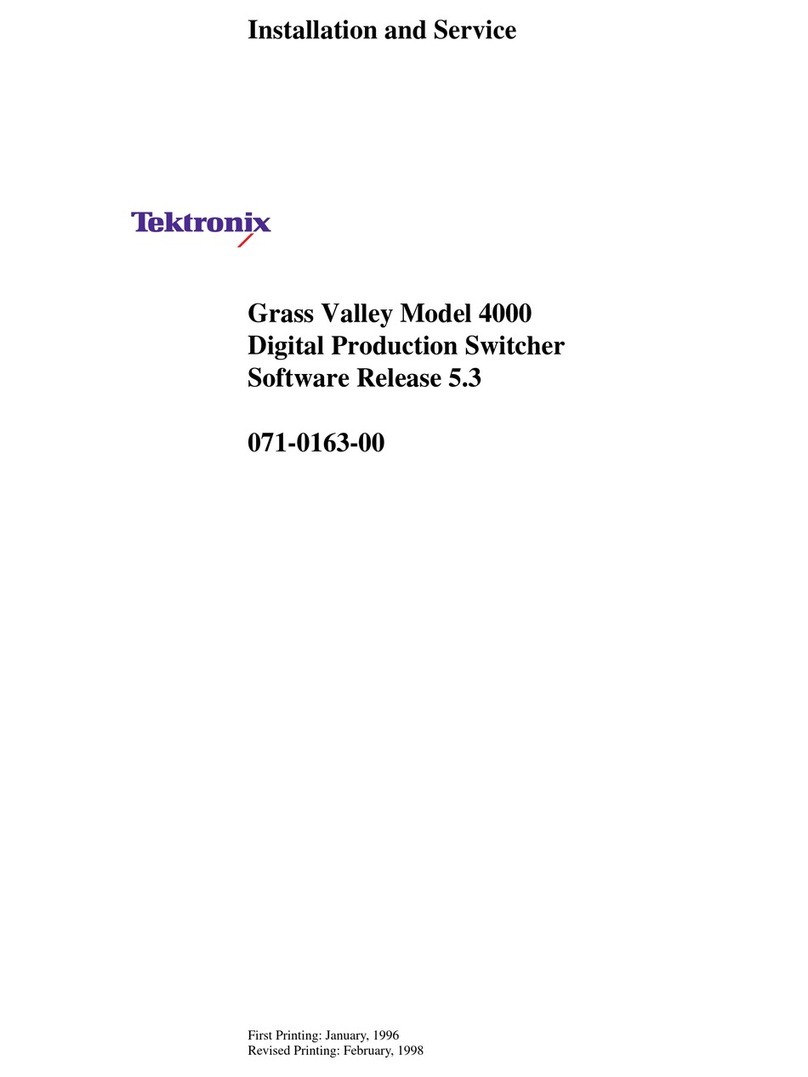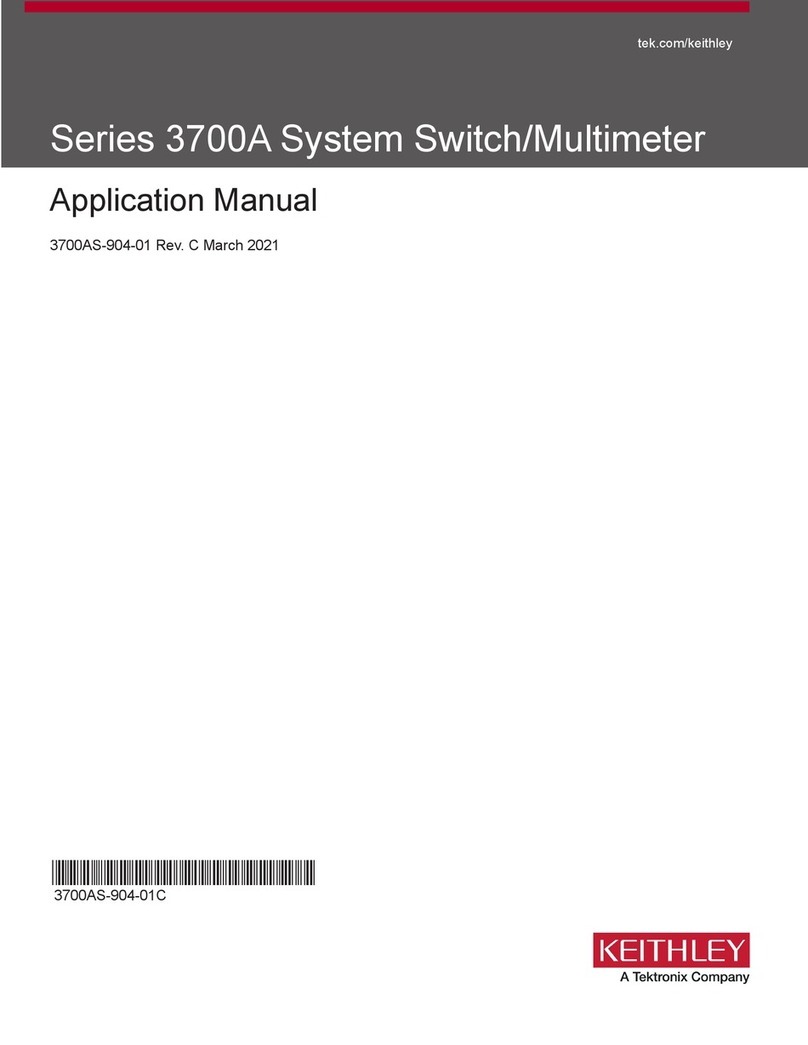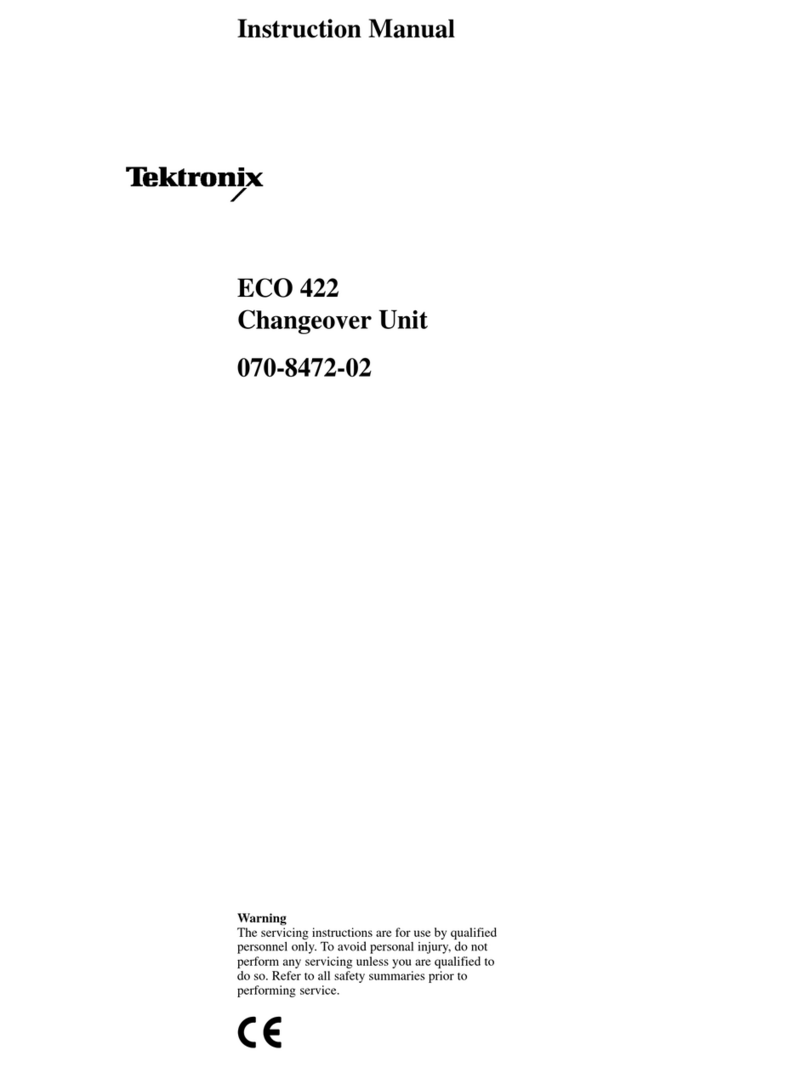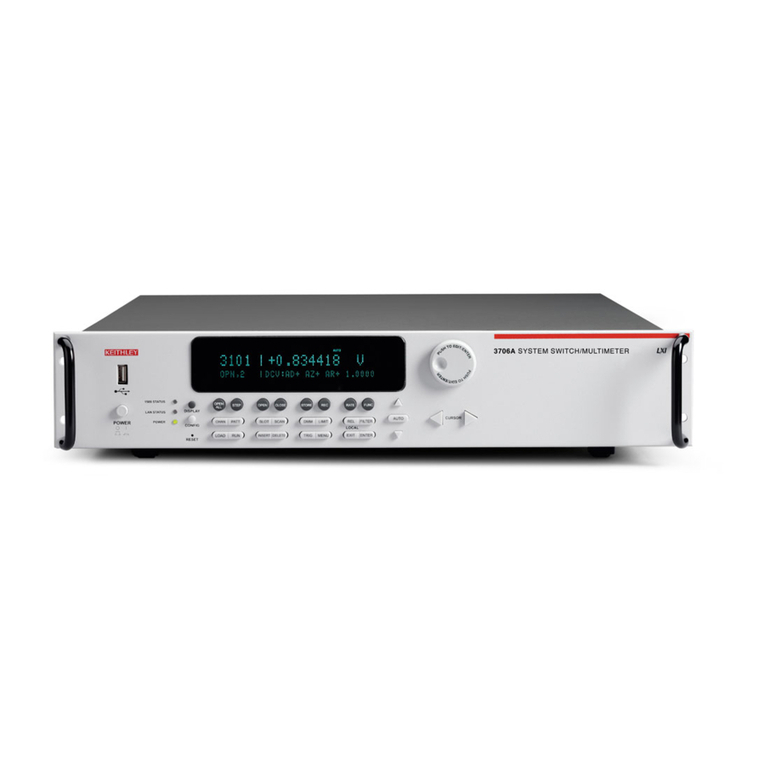
,----
L
[
r
L
...
L
I
I
"-
Section
1-7892
Service
OPERATING
INFORMATION
The 7B92 Dual Time
Base
unit
operates
with
a
Tektronix
7900-Series oscilloscope
and
a 7A-Series amplifier
unit
to
form
a
complete high-frequency oscilloscope system.
To
effectively
use
the 7B92, its operation
and
capabilities should
be
known.
Brief operating
information
is
given in this section.
For
more detailed instructions, refer
to
the 7B92 Operators Manual.
PRELIMINARY
INFORMATION
Installation
The 7B92
is
designed
to
operate in the horizontal
compartment
of
the oscilloscope. This instrument
can
also
be
installed in the vertical plug-in compartment
to
provide a
sweep
that
runs vertically on the CRT. However, when
used
in this manner, there
is
no retrace blanking
or
internal
triggering,
and
the
unit
may
not
meet the specifications
given in the Operators Manual. The. instructions in this
manual
are
written
for
use
of
the 7B92 in the horizontal
plug-in compartment.
Before proceed
ing
with
installation, check the settings
of
the Variable Selector
multi-pin
connector
and
the Main-
frame Selector
multi-pin
connector
(see
Fig. 1-1). The
Variable Selector determines whether the front-panel
VARIABLE
control operates in conjunction
with
the
Delaying
or
Delayed Sweep. The Mainframe Selector
determines the oscilloscope in which the 7B92
is
to
be
operated; any 7900-Series Oscilloscope, or any other
7000-Series Oscilloscope.
CONTROLS
AND
CONNECTORS
General
All
controls required
for
the operation
of
the 7B92,
except the Variable Time/Division Selector
and
Mainframe
Selector,
are
located on the
front
panel
of
the instrument.
To
make
full
use
of
the capabilities
of
this instrument, the
operator should be familiar
with
the
function
and
use
of
each
control. A
brief
description
of
the front-panel controls
and
connectors
is
given here. More detailed information
is
given in the 7B92 Operators Manual. Fig.
1-2
shows the
front-panel controls
and
connectors
of
the 7B92.
G) Main Triggering Controls
LEVEL.
Selects the amplitude
point
on the trigger signal
where
sweep
triggering occurs when operating in the
AUTO,
NORM,
or
SINGLE
SWEEP
MAIN
TRIGGERING
MODE.
When operating in the HF SYNC
MAIN
TRIG-
GERING
MODE,
the
LEVEL
control adjusts the frequency
of
the trigger generator
to
synchronize
with
the triggering
signal
to
provide a stable display.
SLOPE. Permits triggering on the positive
or
negative-
going
portion
of
the trigger signal in all positions
of
the
MAIN
TRIGGERING
MODE switch except
HF
SYNC.
TRIG'D
Light. Indicates
that
the
sweep
is
triggered
and
will
produce a display
with
the correct setting
of
the
POSITION control
and
the controls
of
the associated
vertical units
and
oscilloscope.
MODE.
Four
pushbutton switches to select the desired
triggering mode. Selected mode
is
indicated
by
lighted
pushbutton.
AUTO.
Triggered
sweep
is
initiated
by
the applied
trigger signal
at
a
point
selected
by
the
LEVEL
control
and
SLOPE switch when the trigger signal repetition rate
is
above 30 hertz
and
within
the frequency range
selected
by
the COUPLING switch. The sweep free-runs
to
provide a reference trace under the
following
condi-
tions: When the
LEVEL
control
is
outside the amplitude
range, the trigger repetition rate
is
outside the frequency
range
selected
by
the COUPLING switch,
or
the trigger
signal
is
inadequate.
HF
SYNC. Sweep initiated
by
trigger signals
with
repetition rates above 100 megahertz
and
within
the
range
selected
by
the COUPLING switch. Stable displays
can
be
obtained when the
LEVEL
control adjusts the
frequency
of
the trigger generator
to
the frequency (or
subharmonic)
of
the trigger signal frequency. When the
LEVEL
control
is
adjusted
to
frequencies between
subharmonics, the
sweep
free- runs.
NORM.
Sweep initiated
by
the applied trigger signal at a
point
selected
by
the
LEVEL
control
and
SLOPE switch
over the frequency
range
selected
by
the COUPLING
switch. Triggered
sweep
can
be obtained
only
over the
amplitude
range
of
the applied trigger signal. When the
LEVEL
control
is
outside the amplitude range, the
trigger repetition rate
is
outside the frequency
range
selected
by
the COUPLING switch,
or
the trigger signal
is
inadequate, there
is
no trace.
,-,
SCtmS
bv
Outsource-Qptlons =>
